What is an independent game developer?
Small developers have been around since forever but it’s only in the mid-00 that a new idea of independent game development started to emerge.
I think it makes sense to locate the indie games movement in the context of a broader indie / DIY culture.
Which includes indie rock via punk.
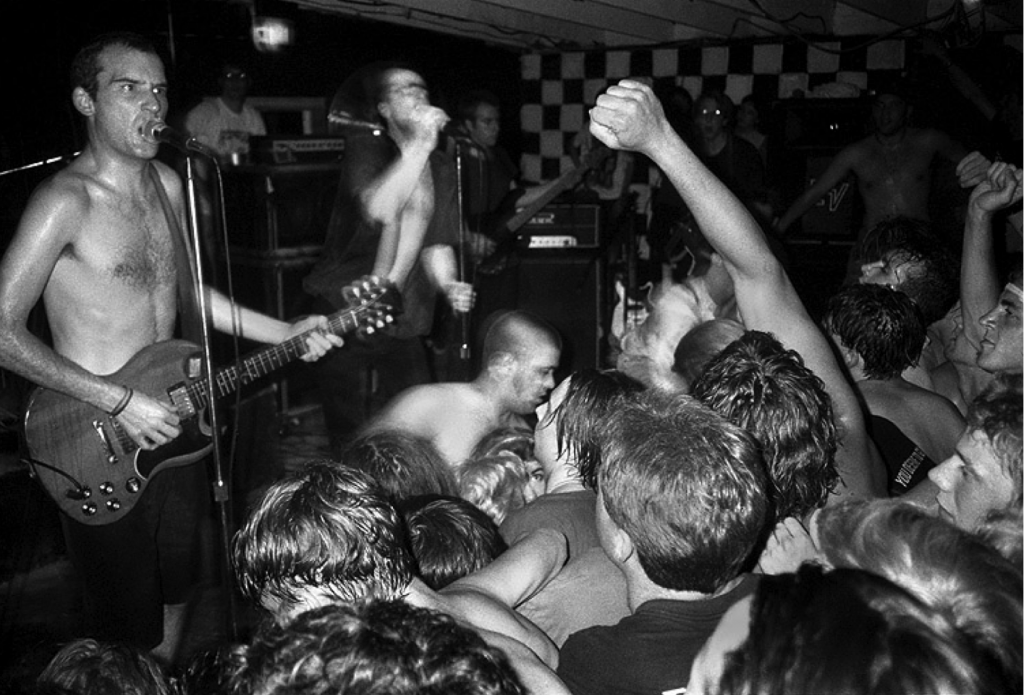
Independent cinema.
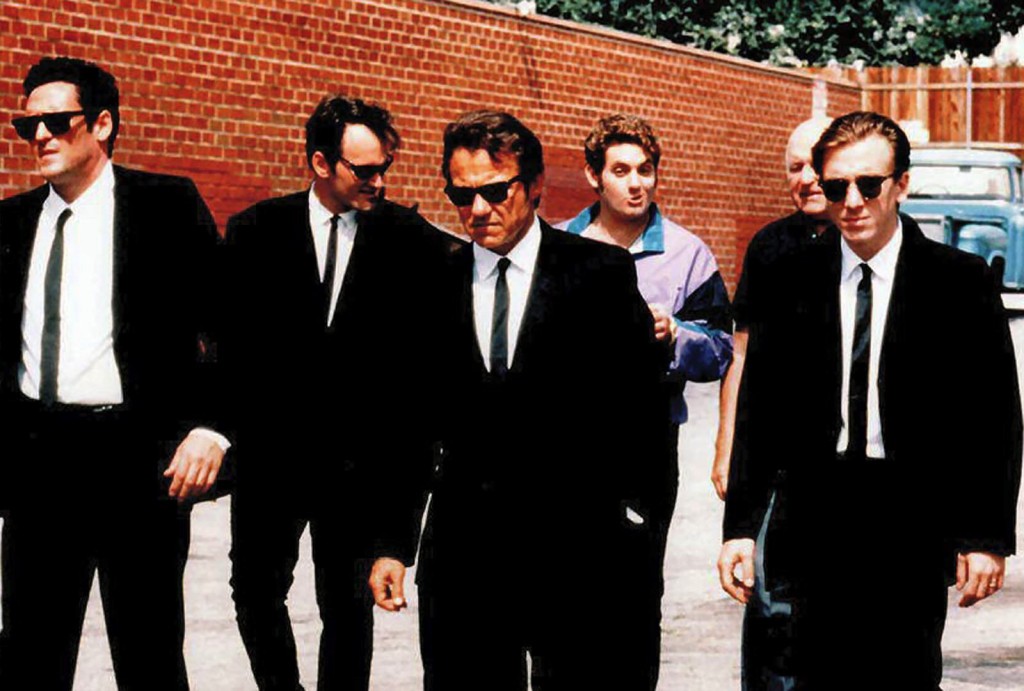
Independent comics and publishing

Indie != obscure or marginal
And we can connect it to broader trends like the DIY/maker movement, open source, local farming etc.
As both a rejection of regimented factory and office work.

And an affirmation of an excess of creativity that is not captured (yet) by the capital.

Independent from what?
The machinery of gaming has run amok… An industry that was once the most innovative and exciting artistic field on the planet has become a morass of drudgery and imitation… It is time for revolution!
-Greg Costikyan Death to the Games Industry – An early indictment of the game industry
1992
the typical development budget for a PC game was as little as $200,000
2005
For A-level title is around $5m
For triple-A title $10m is common
2010
Average AAA TITLE BUDGET: $28M
What happened?
Factors include: Moore’s law, CD-ROM, 3D
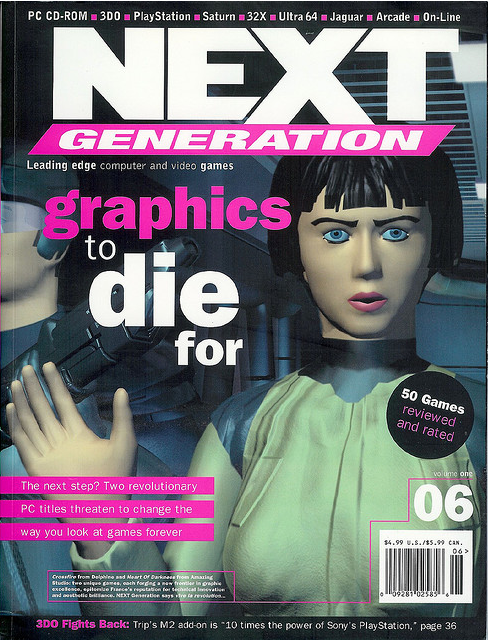
Today, art assets (not programming) are the main cost driver. As machines become capable of rendering more detailed 3D models in real time, the market demands more detailed 3D models
- Sales are growing but production costs are growing faster
- The average game (not the industry as a whole) loses more and more money.
- The publishers make up the losses on the few games that hit.
- Big budgets breed conservatism. Publisher don’t want to risk a lot of money.
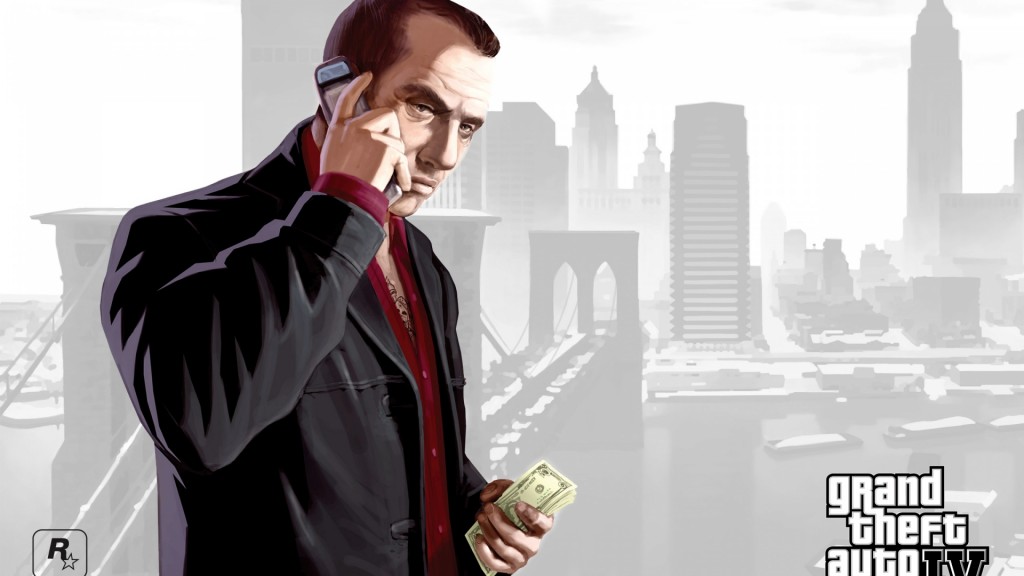
Only 20% of games that start production will end up with a finished product.
And of that percentage of finished games, 20% will make a profit.
This means that 4% of all games which start production will eventually make a profit.
-Electronic Entertainment Design and Research 2008
Before digital distribution the issue of shelf space was crucial. Most of the sales were concentrated in the first 2 weeks after the release. Marketing was (and still is) a big part of the budged.
The result was a Hit-based market where big budgets bred conservatism and there was little room for niche products or risk taking content.

So you want to work in the game industry
Crunch time
The EA spouses controversy. Cutting costs by establishing up to 80-hour work weeks instead of hiring new developers.
You don’t get a game out like that with a bunch of people who don’t have any passion about the quality of the product and don’t want to spend that one extra night.
– Epic CEO, who stated his company would not hire people willing to work for less than 60 hours a week
Geek culture takes such strongly held commonalities of interest and consumption far more seriously than most other subcultures.[…]
The exchange is simple: you will work 60-hour weeks for a quarter less than other software fields; in exchange, you have a seat at the table of your primary identifying culture’s ruling class.
–You Can Sleep Here All Night: Video Games and Labor
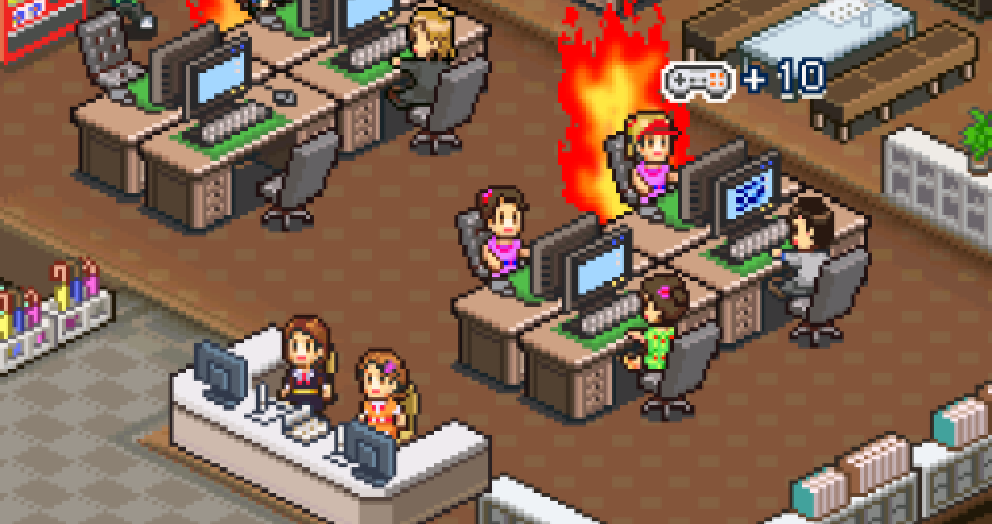
Talent Burnout
They’ll work new employees until they burn out and then replace them with another fresh face who’s eager to prove themselves in the industry – working harder for less money.[…] The developers that work their way up at these studios are either the most determined or the most stubborn – but not necessarily the most creative or the most fulfilled
Is The Game Industry A Happy Place?
Gender (wage) gap
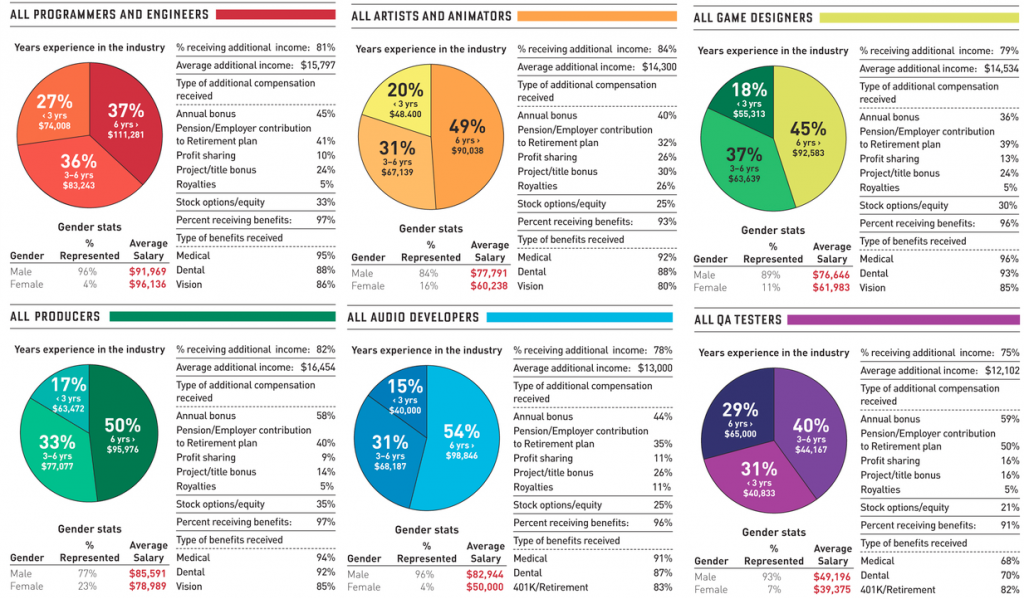
Cyclical Layoffs
“Layoffs are more than just losing a job; they’re gaining a mountain of uncertainty, stress and financial concerns. I have moved my family more than seven times over the last 16 years, across the country and up and down the west coast. I’m a pro at living with very few material possessions, as I grew tired of lugging them around. As you can imagine all those moves put an enormous stress on relationships, both personal and professional. Your circle of immediate friends shrinks to zero with every move.”
In big budget game development publishers set hard release dates for a game (e.g. Christmas), the studio hires as many developers possible and it may find itself bigger than it can afford to be.
At the end of a successful project developers may get laid off because they are not needed for the pre-production of the next title.
Why Game Developers Keep Getting Laid Off (talks about good practices too)
INDIE IS MORE THAN “SMALL BUDGET”
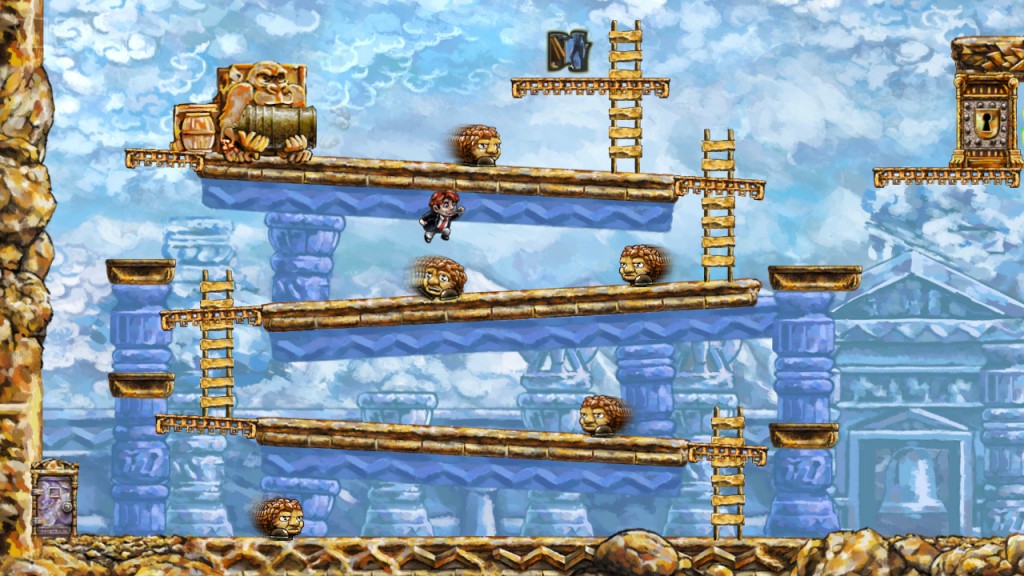
The indie games movement emerged as a response to all these issues. Indie came to signify:
- Self-directed creative work: experimental, personal, risky…
- New distribution channels (in part provided by major players): Steam, app store, itch.io, festivals/party/new arcade
- New funding models: Indie Fund, humble bundle, Kickstarter, Patreon
- New game criticism/journalism: expanding the notion of pleasure, complicating the notion of quality, reaching new types of players.
- Community support: belonging to a scene of practitioners, collaborating rather than competing.
- Different development cycles: prototype often > release early > polish and commercialize only if it works
- Soft deadlines
- Creating a more inclusive community in term of gender, class, race and background (informal education, alternative conferences, advocacy)
- Reframing game making as artistic and cultural practice, not necessarily an industrially organized job
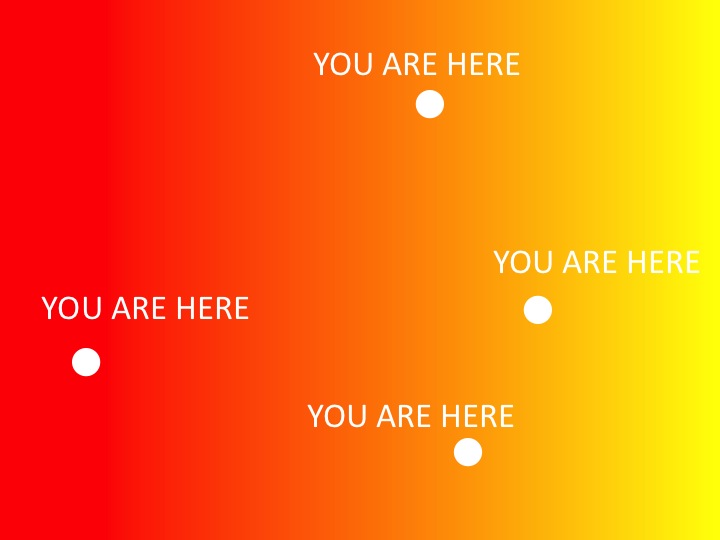
However
Solo indie developers earned an average income of $11,812
57% percent of indie game developers made under $500 in game sales. On the other end of the spectrum, 2 percent made over $200,000 in game sales.
6 key points from the 2014 Indie Salary Report
Assignment
If you said you want to make games for a living:
Find the game developer/designer you want to be. Research her/his background and career: how did they get there? What were her/his breakthrough or crucial experiences?
Look for interviews, biographies, and all sort of public records. She/he doesn’t have to be necessarily famous. Be prepared to present your findings in class.
If you didn’t:
Dig into itch.io or Warp door or Free indie games and present an obscure small game that you particularly liked to the class.

If you want to see what people have worked on: mobygames.com is a great resource
I played around with a few games and found this game to be very different from the other available games.
http://ncase.itch.io/coming-out-simulator-2014
It’s a lot more personal and moving compared to most of the other Indie games. I ended up following the artist to his website where I found Nothing To Hide, a game about profile, personal image and self-consciousness. The game itself uses techniques similar to games with mirrors and manipulating lights. I really enjoy the concept behind his games as well as the artwork in the games.
Nothing to Hide: http://nothing-to-hide-demo.s3.amazonaws.com/index.html
http://www.freeindiegam.es/2013/11/the-entertainment-cardboard-computer/
10/10 play this.
Two plays by a playwrite Lem Doolittle are played on the same stage simultaneously, and the game reenacts this. Very provocative foray into the ambiguity of realism in the structure of fiction. The game puts the player into the role of the actor playing a character, rather than the character himself, and examining the environment reveals that the game takes place during a live show. Further question on the structural nature of the fiction arises as an unreal event occurs at the end of the play which manifests within the game’s outer reality. There are even more references to another reality outside of the game (our actual reality) with snippets of critical review of the ongoing play. There is, however, another layer of ambiguity as to whether these reviews, notes, and even the play itself are genuine. What’s more, the actual content of the play concerns completely different issues (regarding honesty and debt) and so remains contained within its own inner reality until it breaks free at the end to great effect. What’s more amusing is that a review is referenced describing the play as being “modernist” in a decidedly postmodern game/play/something.
A game developer that I have been interested in for a while is Robin Hunicke. Some of the games she’s worked on are The Sims and Journey, games that I am a huge fan of and that also appeal to a wide variety of gamers. Hunicke has been working in the industry for many years now, and she’s worked with many different companies on many different projects. She is constantly developing new work and is an advocate for indie and experimental game design. There aren’t many women in the game industry, but Hunicke stands out for not only being extremely successful, but also for working on some of the most popular games out there. Plus. She’s -adorable-.
I would like to know how the team that created Journey worked together and shared tasks; while I greatly admire people like Ke Jiang and Jenova Chen, something that I’m curious about that I don’t think that I can easily find on the internet is how the team joined their talents to make such a beautiful product. I’d be interested to see what the team dynamics were within these different game companies, especially since teamwork is such a vital aspect of creating a large game.
http://www.gameinformer.com/b/features/archive/2010/03/08/narbacular-drop.aspx
http://www.rockpapershotgun.com/2007/11/01/rps-interview-portals-kim-swift-and-jeep-barrett/
http://www.gameinformer.com/b/features/archive/2010/03/10/opening-the-portal-exploring-portal-s-creation-and-its-ties-to-half-life-2.aspx
There weren’t really interviews with the individual team members or the programmers, so I’ll treat all of them together. If you haven’t heard the story, the team that made Portal was initially just a student team at Digipen (a game school). Portal was initially Narbacular Drop, which had the original portal mechanic, but with much different aesthetic, and story. You’re a pixie trapped underground.
Valve came to the release fair, saw the game, and offered some feedback, and then eventually offered to have them show the game at Valve offices, where Gabe Newell offered them jobs to finish Portal.
The initial feedback was in line with Valve’s style:
JB: One thing I remember in particular… In Narbacular Drop there’s a lot of cases where we have places where you can screw yourself. You can drop your box in the lava and you have to reset the level. And in Valve design terms, that’s retarded. You can’t screw the player. That was one big thing that came up. The art design – everything was pretty brown and muddy. So when people first see the game they say…
KS: Quake.
JB: Yeah, it’s a first-person shooter. So there were a lot of things that we did wrong in that sense. You couldn’t tell the ceiling from the floor, there was no grounding in reality.
One takeaway for me is to show games I make to people in industry, and ask for feedback. At the very least, I’ll get feedback, and as long as the games are decent, there’s not much to lose.